-
 Bitcoin
Bitcoin $118100
0.44% -
 Ethereum
Ethereum $3765
5.84% -
 XRP
XRP $3.498
3.12% -
 Tether USDt
Tether USDt $1.000
0.00% -
 BNB
BNB $753.2
3.41% -
 Solana
Solana $181.7
3.58% -
 USDC
USDC $0.9999
0.01% -
 Dogecoin
Dogecoin $0.2704
12.75% -
 Cardano
Cardano $0.8684
5.85% -
 TRON
TRON $0.3151
-0.86% -
 Hyperliquid
Hyperliquid $46.06
4.51% -
 Stellar
Stellar $0.4695
2.48% -
 Sui
Sui $3.910
3.18% -
 Chainlink
Chainlink $19.36
6.65% -
 Hedera
Hedera $0.2750
3.99% -
 Bitcoin Cash
Bitcoin Cash $544.6
6.31% -
 Avalanche
Avalanche $25.12
3.69% -
 Shiba Inu
Shiba Inu $0.00001559
5.40% -
 Litecoin
Litecoin $116.8
5.10% -
 UNUS SED LEO
UNUS SED LEO $8.991
0.05% -
 Toncoin
Toncoin $3.283
2.79% -
 Polkadot
Polkadot $4.509
3.97% -
 Uniswap
Uniswap $10.67
6.58% -
 Ethena USDe
Ethena USDe $1.001
-0.01% -
 Monero
Monero $323.2
0.48% -
 Pepe
Pepe $0.00001410
6.37% -
 Bitget Token
Bitget Token $4.964
1.93% -
 Dai
Dai $0.9998
-0.01% -
 Aave
Aave $326.2
3.85% -
 Bittensor
Bittensor $421.8
2.46%
What is the best wallet for NFTs?
A secure NFT wallet like MetaMask or Trust Wallet is essential for managing digital assets across blockchains, offering compatibility with major marketplaces and robust security features.
Jul 17, 2025 at 08:50 pm
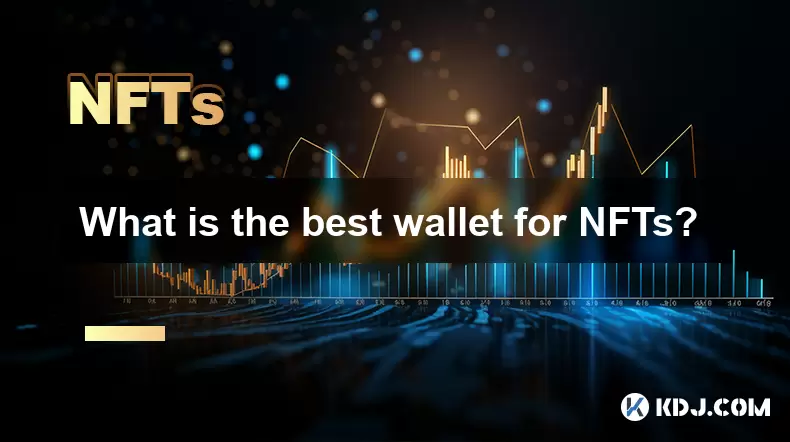
Understanding the Role of NFT Wallets
When engaging with Non-Fungible Tokens (NFTs), one of the most critical tools you need is a digital wallet that supports NFTs. These wallets are specifically designed to store, manage, and interact with blockchain-based assets. Unlike traditional cryptocurrency wallets, NFT wallets must be compatible with ERC-721 or ERC-1155 tokens, which are the primary standards for NFTs on the Ethereum blockchain. Some wallets also support other blockchains such as Binance Smart Chain, Polygon, and Solana.
Criteria for Evaluating the Best NFT Wallets
Choosing the best wallet for NFTs involves evaluating several key factors. Security is paramount, as many NFTs represent high-value digital collectibles or art. User interface and ease of use are also important, especially for beginners. Multi-chain support allows users to interact with NFTs across different blockchains. Additionally, integration with popular NFT marketplaces like OpenSea, Rarible, or LooksRare is essential for seamless transactions.
- Security features such as two-factor authentication (2FA), biometric login, and private key control should be prioritized.
- Compatibility with major NFT platforms ensures smooth buying, selling, and trading experiences.
- Support for multiple blockchains increases flexibility and access to diverse NFT ecosystems.
Top NFT Wallets in the Market
Several wallets stand out due to their robust features and user trust. MetaMask is one of the most widely used wallets for Ethereum-based NFTs. It offers a browser extension and mobile app, making it convenient for users. Trust Wallet is another popular option, known for its multi-chain support and intuitive interface. For those who prefer cold storage, Ledger provides a secure hardware wallet solution that supports NFTs through integration with platforms like D'CENT and Koinearth.
- MetaMask excels in integration with Ethereum-based dApps and offers a simple setup process.
- Trust Wallet supports Binance Smart Chain, Ethereum, and other chains, making it versatile for NFT collectors.
- Ledger is ideal for long-term NFT storage and offers offline security for valuable digital assets.
How to Set Up and Use an NFT Wallet
Setting up an NFT wallet requires careful attention to detail to ensure security and usability. Begin by choosing a wallet that aligns with your NFT goals and blockchain preferences. Once selected, follow these steps:
- Download the wallet application from the official website or app store.
- Create a new wallet and securely store the recovery phrase in a safe location.
- Connect the wallet to NFT marketplaces by clicking the "Connect Wallet" button on platforms like OpenSea or LooksRare.
- Transfer cryptocurrency (such as ETH or BNB) to the wallet to cover transaction fees (gas fees).
- Browse, buy, or sell NFTs directly from the connected wallet interface.
It is crucial to never share your private keys or recovery phrase with anyone, as doing so can lead to permanent loss of assets.
Common Mistakes to Avoid When Using NFT Wallets
Many users make avoidable errors when managing NFTs. One of the most common mistakes is using the wrong blockchain network for transfers, which can result in lost or inaccessible NFTs. Another issue is sending NFTs to centralized exchange wallets, which often do not support NFTs and may result in irreversible loss.
- Always double-check the network before sending or receiving NFTs.
- Avoid storing NFTs on exchange wallets unless explicitly supported.
- Backup recovery phrases securely, preferably offline or in a safe deposit box.
Securing Your NFT Wallet
Security should be a top priority when managing NFTs. Enable two-factor authentication (2FA) if available. Use strong, unique passwords and avoid reusing passwords across platforms. For high-value NFTs, consider using a hardware wallet like Ledger Nano S or X, which provides air-gapped security.
- Enable 2FA to add an extra layer of protection.
- Use hardware wallets for storing valuable NFTs offline.
- Regularly update wallet software to patch vulnerabilities and enhance security.
Frequently Asked Questions (FAQ)
Q: Can I use the same wallet for NFTs and cryptocurrencies?
A: Yes, most NFT wallets also support cryptocurrencies. However, ensure that the wallet supports the specific blockchain of the NFT you are using.
Q: Are all NFT wallets free to use?
A: Most software wallets are free to download and use. However, hardware wallets like Ledger require a purchase.
Q: Can I transfer NFTs between different wallets?
A: Yes, you can transfer NFTs between compatible wallets. Ensure both wallets support the same blockchain and token standard.
Q: What should I do if I lose access to my NFT wallet?
A: If you lose access, you can recover your wallet using the recovery phrase. Without the recovery phrase, access cannot be restored.
Disclaimer:info@kdj.com
The information provided is not trading advice. kdj.com does not assume any responsibility for any investments made based on the information provided in this article. Cryptocurrencies are highly volatile and it is highly recommended that you invest with caution after thorough research!
If you believe that the content used on this website infringes your copyright, please contact us immediately (info@kdj.com) and we will delete it promptly.
- NFT Performers in Flux: Pudgy Penguins, Courtyard, and the Shifting Sands of the Market
- 2025-07-21 10:30:12
- Dogecoin & Meme Coins in 2025: Hype or Hyper-Growth?
- 2025-07-21 08:30:12
- China, Brain Tech, and Neuralink: A Race to the Future?
- 2025-07-21 09:09:37
- Binance Futures: Bitcoin Shorting Imminent? A Contrarian's Take
- 2025-07-21 09:10:25
- XRP Price Spike: Is This the Cryptocurrency's Big Breakout Moment?
- 2025-07-21 09:15:12
- Meme Coins with 10x Potential: Presale Mode and the Next Big Thing
- 2025-07-21 08:30:12
Related knowledge
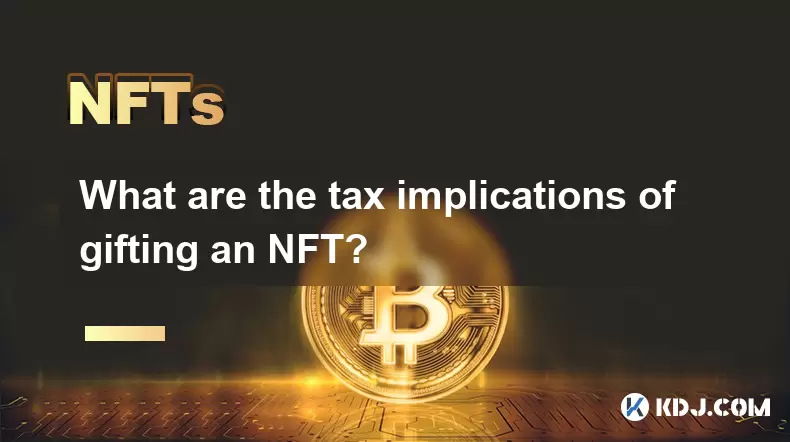
What are the tax implications of gifting an NFT?
Jul 19,2025 at 04:21am
Understanding the Basics of NFT GiftingGifting a Non-Fungible Token (NFT) involves transferring ownership from one individual to another without recei...
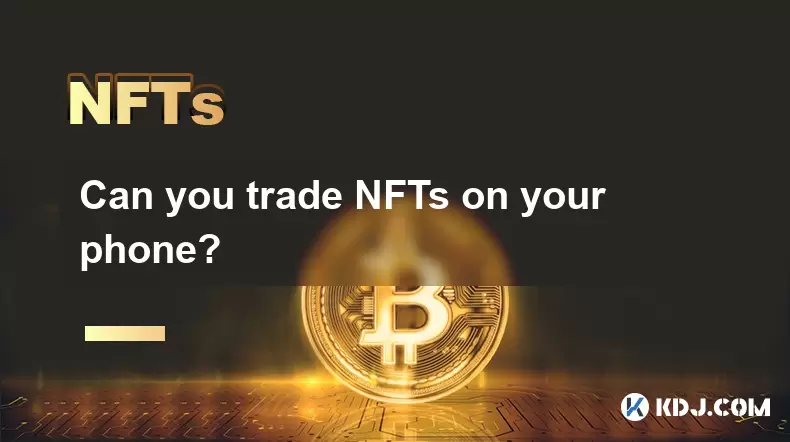
Can you trade NFTs on your phone?
Jul 18,2025 at 04:29am
Trading NFTs on Mobile DevicesYes, you can trade NFTs on your phone, and the process has become increasingly streamlined thanks to a variety of mobile...
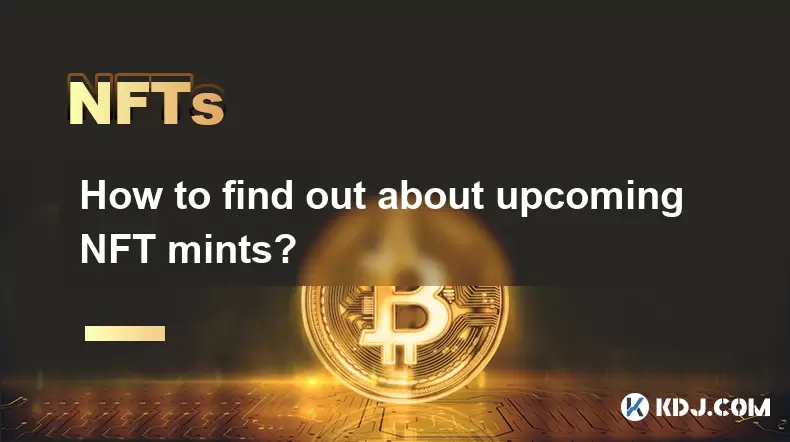
How to find out about upcoming NFT mints?
Jul 18,2025 at 11:50am
Exploring NFT Minting OpportunitiesUnderstanding the landscape of upcoming NFT mints is crucial for collectors, investors, and creators who wish to st...
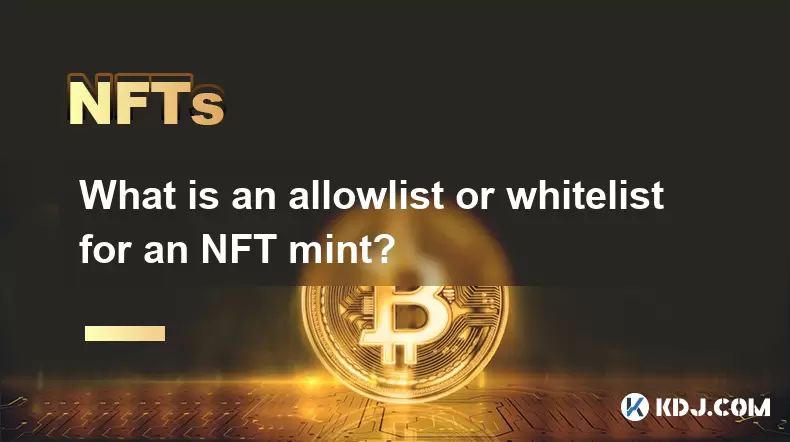
What is an allowlist or whitelist for an NFT mint?
Jul 20,2025 at 07:14pm
Understanding the Concept of an Allowlist for NFT MintingAn allowlist, also commonly referred to as a whitelist, is a mechanism used in the NFT mintin...
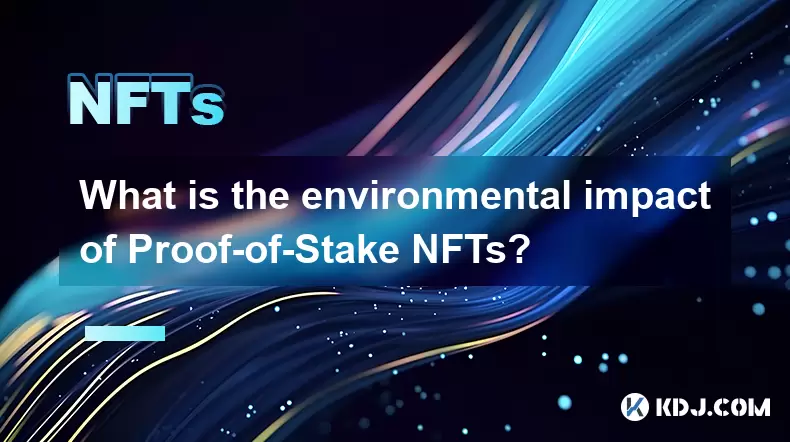
What is the environmental impact of Proof-of-Stake NFTs?
Jul 17,2025 at 07:14pm
Understanding the Basics of Proof-of-Stake NFTsProof-of-Stake (PoS) is a consensus mechanism used by blockchain networks to validate transactions and ...
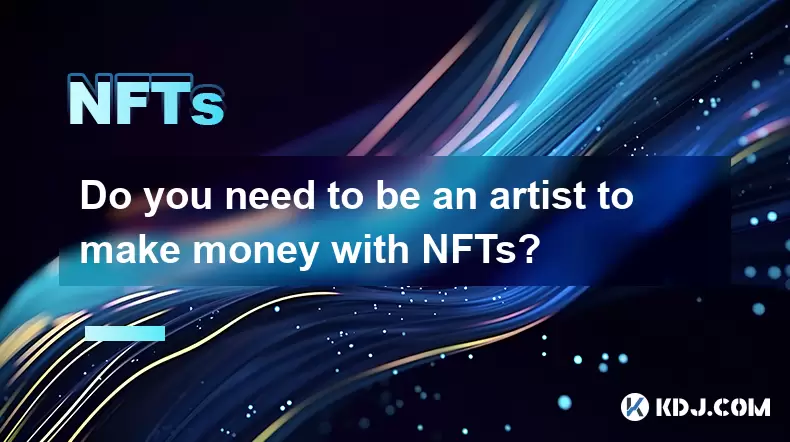
Do you need to be an artist to make money with NFTs?
Jul 19,2025 at 06:35am
Understanding the Role of Art in NFTsThe non-fungible token (NFT) market has grown rapidly, offering various opportunities for creators and investors....

What are the tax implications of gifting an NFT?
Jul 19,2025 at 04:21am
Understanding the Basics of NFT GiftingGifting a Non-Fungible Token (NFT) involves transferring ownership from one individual to another without recei...

Can you trade NFTs on your phone?
Jul 18,2025 at 04:29am
Trading NFTs on Mobile DevicesYes, you can trade NFTs on your phone, and the process has become increasingly streamlined thanks to a variety of mobile...

How to find out about upcoming NFT mints?
Jul 18,2025 at 11:50am
Exploring NFT Minting OpportunitiesUnderstanding the landscape of upcoming NFT mints is crucial for collectors, investors, and creators who wish to st...

What is an allowlist or whitelist for an NFT mint?
Jul 20,2025 at 07:14pm
Understanding the Concept of an Allowlist for NFT MintingAn allowlist, also commonly referred to as a whitelist, is a mechanism used in the NFT mintin...

What is the environmental impact of Proof-of-Stake NFTs?
Jul 17,2025 at 07:14pm
Understanding the Basics of Proof-of-Stake NFTsProof-of-Stake (PoS) is a consensus mechanism used by blockchain networks to validate transactions and ...

Do you need to be an artist to make money with NFTs?
Jul 19,2025 at 06:35am
Understanding the Role of Art in NFTsThe non-fungible token (NFT) market has grown rapidly, offering various opportunities for creators and investors....
See all articles

























































































